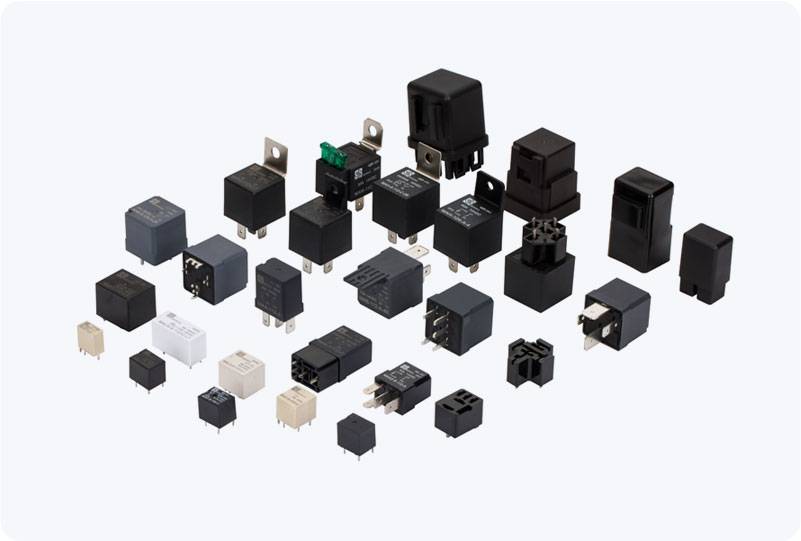A Power Relay is a crucial component in electrical systems, especially when it comes to controlling high-power devices. It functions as an electrically operated switch that allows a small current to control a larger current, making it essential for applications that require high voltage and current handling. Power relays are commonly used in industries ranging from automotive to home appliances, offering efficient and reliable performance in controlling various electrical circuits.

The Basics of Power Relays A power relay operates on the principle of electromagnetism. It typically consists of a coil of wire, an armature, a set of contacts, and a spring mechanism. When an electric current passes through the coil, it creates a magnetic field that pulls or pushes the armature, thus either opening or closing the contacts. This action changes the state of the connected circuit, allowing or interrupting the flow of current. There are two main types of contacts in a power relay: normally open (NO) and normally closed (NC). A NO contact remains open when the relay is not energized, and it closes when the relay is activated. Conversely, an NC contact remains closed when the relay is not energized and opens when the relay is activated. This versatility in contact configurations allows relays to be used in a wide variety of applications.